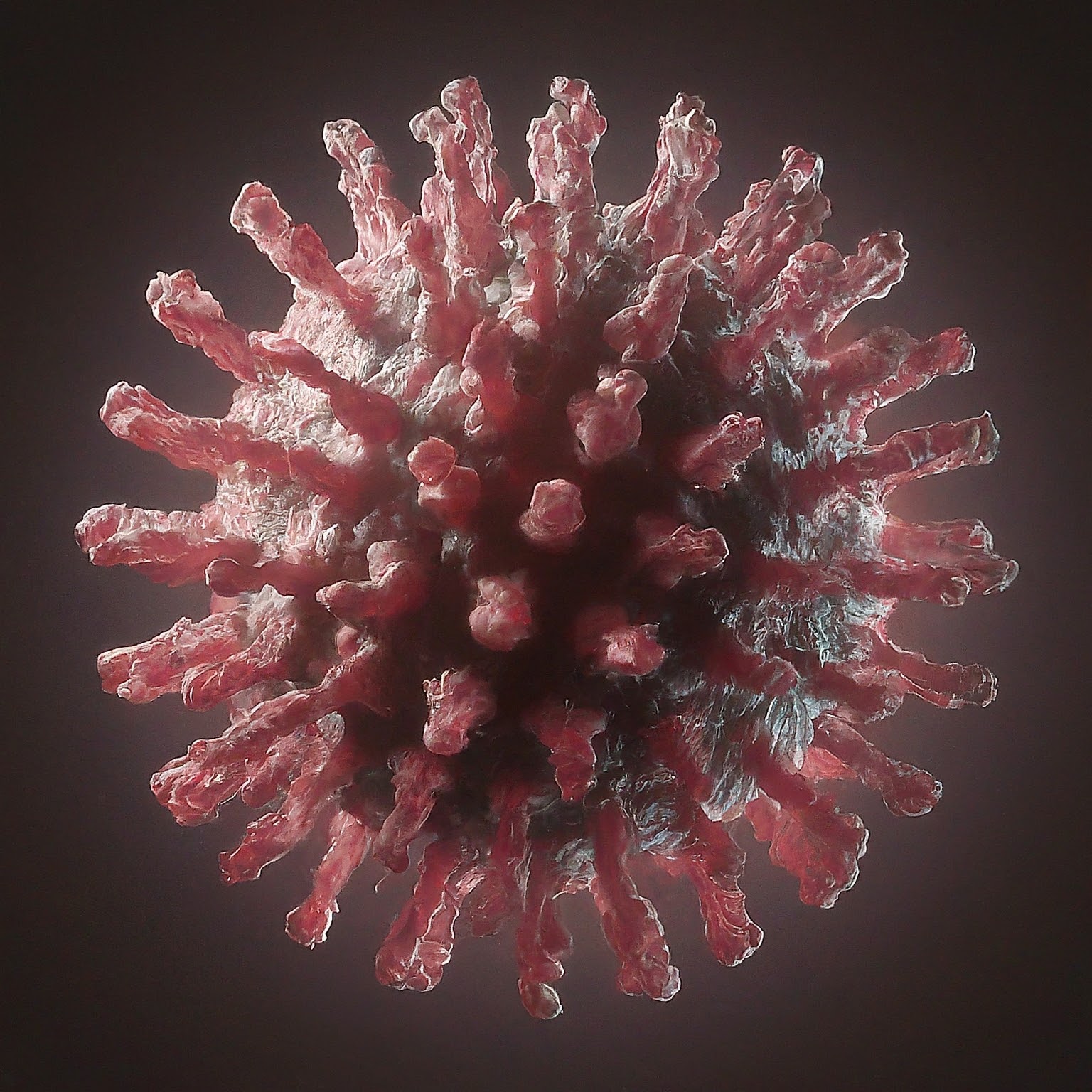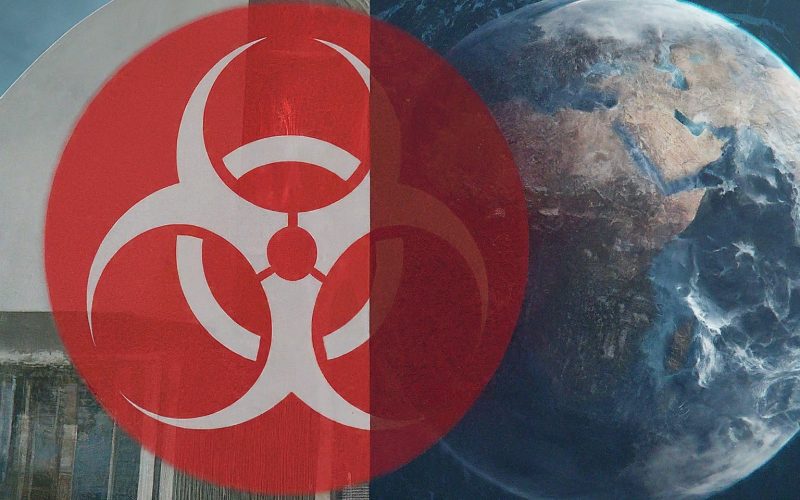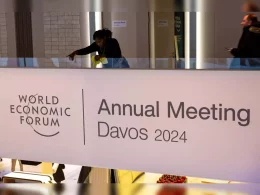Meet the Author
Dr. Olivia Grant has a Ph.D. in virology and ten years of experience researching emerging infectious diseases. She’s passionate about science communication and keeping the public informed about complex topics.
The recent decision by the U.S. to cut funding for the Wuhan Institute of Virology (WIV) has sparked renewed debate about the origins of the COVID-19 pandemic. This move comes amid ongoing concerns about biosafety protocols at the WIV and a lack of transparency from Chinese authorities.
Funding Cut: U.S. Freezes Money for Wuhan Lab
According to the Department of Health and Human Services (HHS), the decision to stop funding stems from a review that identified potential violations of biosafety protocols at the WIV. The U.S. is concerned that research conducted at the lab could pose a risk of accidental leaks, potentially leading to future outbreaks.

The Lab Leak Theory: Fire Rekindled?
The lab leak theory has been a topic of discussion since the early days of the pandemic. Proponents of this theory believe that the virus may have accidentally escaped from a research lab in Wuhan, China. The U.S. funding cut adds fuel to this theory, suggesting that American officials may have some evidence to support these concerns.
Safety Concerns and Transparency Issues
The lack of transparency surrounding the WIV’s research activities and the origins of the virus are major concerns. The international scientific community needs full access to data and samples from the early days of the outbreak to definitively determine the source of the virus.
Impact on Global Cooperation in Pandemic Research
This recent development could strain international cooperation in pandemic research. Collaboration between scientists worldwide is crucial for developing vaccines, treatments, and other tools needed to combat infectious diseases. A breakdown in trust between the U.S. and China could hinder future efforts to address global health threats.

What We Still Don’t Know: The Ongoing Search for Answers
Despite the funding cut, many questions remain unanswered. The exact origin of the virus is still unknown, and a definitive link between the WIV and the outbreak has not been established. Further investigation, international cooperation, and transparency are essential to uncovering the truth.
Looking Ahead: Implications for Future Pandemic Preparedness
The COVID-19 pandemic has highlighted the importance of global collaboration and robust biosafety standards in preventing future outbreaks. Regardless of the origin of this virus, strengthening international cooperation and investing in pandemic preparedness research are crucial steps to ensure we are better equipped to handle future threats.
Informative Table:
| Aspect | Details |
|---|---|
| Reason for Funding Cut | U.S. concerns about biosafety protocols and lack of transparency at the WIV |
| Potential Impact | Reignites debate about the lab leak theory, strains international cooperation in research |
| Unknowns | Definitive origin of the virus, link between WIV and the outbreak |
| Moving Forward | Need for further investigation, international cooperation, and transparency |
Note: This table provides a quick overview of the key points discussed in the article.
Conclusion:
The U.S. decision to cut funding for the Wuhan Institute of Virology marks a significant development in the ongoing investigation into the origins of COVID-19. While the true source of the virus remains a mystery, this move underscores the importance of biosafety, transparency, and international cooperation in combating future pandemics.











